When Dorothy Lane was a newly married woman in the late 1950s, she joined a quilting circle at her church in rural Kentucky. Every Thursday afternoon, she and a dozen other women would gather in the basement hall, spreading out a half-finished quilt across wooden frames while coffee percolated in the corner. “We didn’t just
When Dorothy Lane was a newly married woman in the late 1950s, she joined a quilting circle at her church in rural Kentucky. Every Thursday afternoon, she and a dozen other women would gather in the basement hall, spreading out a half-finished quilt across wooden frames while coffee percolated in the corner. “We didn’t just stitch fabric,” Dorothy, now 86, recalls. “We stitched our lives together every laugh, every story, every secret shared over those hours became part of the quilt itself.”
Quilting circles were once a cornerstone of American community life. Long before television and smartphones, they were places where women gathered not only to create something beautiful and useful but also to share wisdom, trade recipes, comfort each other in times of loss, and celebrate milestones together. A quilt was never just a blanket. It was a work of art, a record of friendship, and often, a lifeline of support.

A Craft With Deep Roots
Quilting in America dates back to the colonial era, when settlers repurposed scraps of fabric into patchwork covers that provided warmth through harsh winters. By the 19th century, quilting had become both practical and symbolic. Patterns carried meaning stars, baskets, and geometric designs told stories of faith, journeys, and family heritage. The quilting circle became especially significant in the Midwest and the South, where neighbors lived miles apart. Gathering to quilt offered companionship during long seasons of isolation. It was also common for quilting circles to create wedding quilts, baby quilts, or “friendship quilts” made with squares contributed by many hands, each stitched with a personal message. Dorothy remembers her circle completing a quilt for a young couple just starting their life together. “We all stitched our best work into that piece,” she says. “When the bride unfolded it at her shower, she cried. She knew it wasn’t just fabric. It was love, stitched by her community.”
The Quilting Circle Experience
Part of the charm of quilting circles was their rhythm. Women worked with their hands, needles flashing in and out of fabric, while conversations flowed easily. A quilting bee might last hours, but no one minded it was as much about the fellowship as the finished product. The sound of laughter often echoed through the room, mingling with the soft pull of thread and the scent of baked goods someone had brought to share. Children sometimes played under the quilt frames, peeking up at the dancing stitches above them, absorbing a tradition without realizing it.
The Legacy Today
Though quilting circles are less common now, their spirit survives. Quilt guilds, heritage societies, and small-town community centers still bring quilters together to preserve this craft. Many museums across America now showcase historic quilts, treating them as works of folk art that tell the story of ordinary lives. And in countless homes, handmade quilts still rest across beds and rocking chairs, their patterns carrying the fingerprints of generations. A quilt passed down from a grandmother is more than fabric; it is a family’s history, stitched one square at a time.

Starting a Quilting Tradition of Your Own
- Begin with Scraps – Quilting began as a way to use every piece of cloth. Old shirts, dresses, or even feed sacks can form the foundation of a quilt.
- Learn the Basics – Simple patchwork squares are beginner-friendly, but patterns like Log Cabin, Double Wedding Ring, or Nine Patch carry rich history.
- Find Community – Join a local guild or start your own small circle. Even a group of two or three can recreate the companionship of traditional quilting circles.
- Make It Meaningful – Dedicate quilts to life events weddings, births, retirements. Every stitch adds to the story.
- Pass It On – Involve children or grandchildren. Even letting them choose fabric squares helps connect them to the tradition.
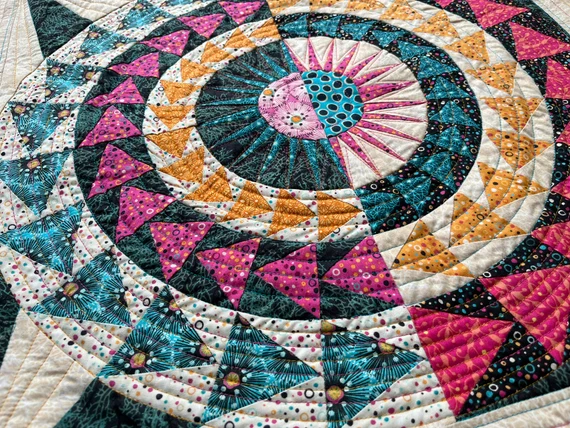
Why Quilting Circles Still Matter
Dorothy no longer quilts as quickly as she once did, but she still treasures the quilts folded neatly in her cedar chest each one a reminder of friends, laughter, and afternoons spent in community. “Every time I wrap up in one,” she says softly, “I feel those women’s hands around me, even though many of them are long gone. That’s the gift of quilting. The fabric may fade, but the love doesn’t.”
In an age when people often feel isolated, the lessons of quilting circles endure. They remind us that the strongest threads in life are not just the ones in fabric, but the ones that bind people together one stitch, one story, one friendship at a time.

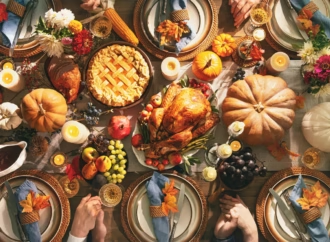
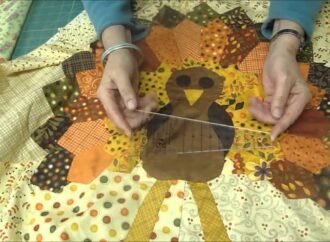



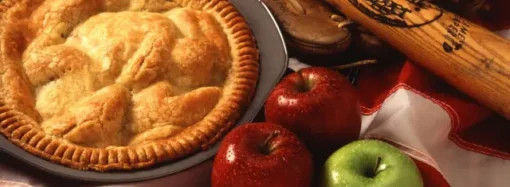


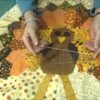






Leave a Comment
Your email address will not be published. Required fields are marked with *